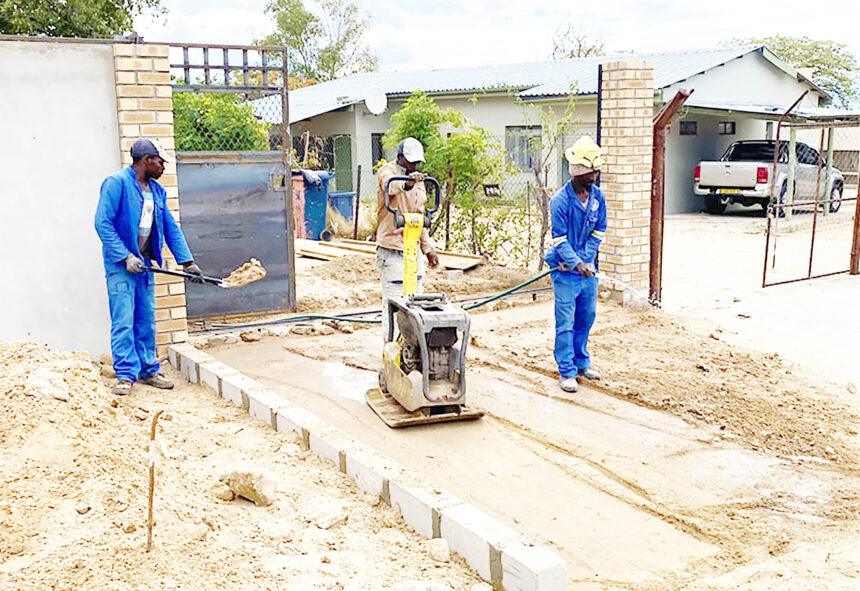The construction sector in Namibia is grappling with a challenging landscape as the real value of building plans approved has significantly decreased.
During the third quarter of 2024, this value fell by 40% year-on-year and 15.8% quarter-on-quarter, totalling N$315.2 million.
“Being a leading indicator for future construction activity, this is not a good development for the sector in terms of future construction works,” stated Bank of Namibia’s quarterly report.
Building plans are described as an excellent economic barometer, as it creates direct jobs as well as income and tax revenue for the State, and significantly contributes to strong economic performance.
The report released last month added that despite the downturn in building approvals, government construction work has seen a marked increase.
The government’s real expenditure on public construction work programs rose by 24.8% annually during the same quarter, driven by ongoing projects in essential areas such as water, roads, education, and health. This growth aligns with the increased development budget for the 2023/24 fiscal year and the recently tabled 2024/25 budget, although it fell short of initial projections.
However, private construction activity has not fared as well, experiencing a decline attributed to reduced renovations of commercial buildings in key urban areas like Windhoek and Swakopmund. Quarter-on-quarter, government expenditure on public construction works surged by an impressive 71.7%, yet the real value of buildings completed dropped sharply by 30.6%.
Furthermore, the central bank also touched on other sectors like the diamond, which production of diamonds declined due to fewer carats mined during the quarter under review.
“Diamond production decreased by 6.3% and 1.5% quarter-on-quarter and year-on-year to 525 719 carats during the third quarter of 2024,” reads the report. The slowdown in diamond production was ascribed to intentional action to lower production at Debmarine Namibia, partially offset by planned higher grade mining and better recoveries at Namdeb during the quarter under review.
Moreover, trading conditions during the quarter remained a problem in light of higher-than-normal midstream inventory levels and the prolonged period of depressed consumer demand in China.
Also, uranium production in Namibia surged in the third quarter of 2024, with output increasing by 4.3% year-on-year and 23.6% quarter-on-quarter, reaching 2 384 tonnes.
This rise is attributed to higher ore grades mined and improved management of downtime, alongside increased production from previously idle mines.
“The elevated international spot prices of uranium, which averaged US$81.58 per pound this quarter, reflect ongoing supply constraints and geopolitical factors,” noted the BoN.
However, prices saw a quarterly decline of 7.2% as investors anticipate adequate supply in the short term, highlighting a complex market dynamic for the sector.


